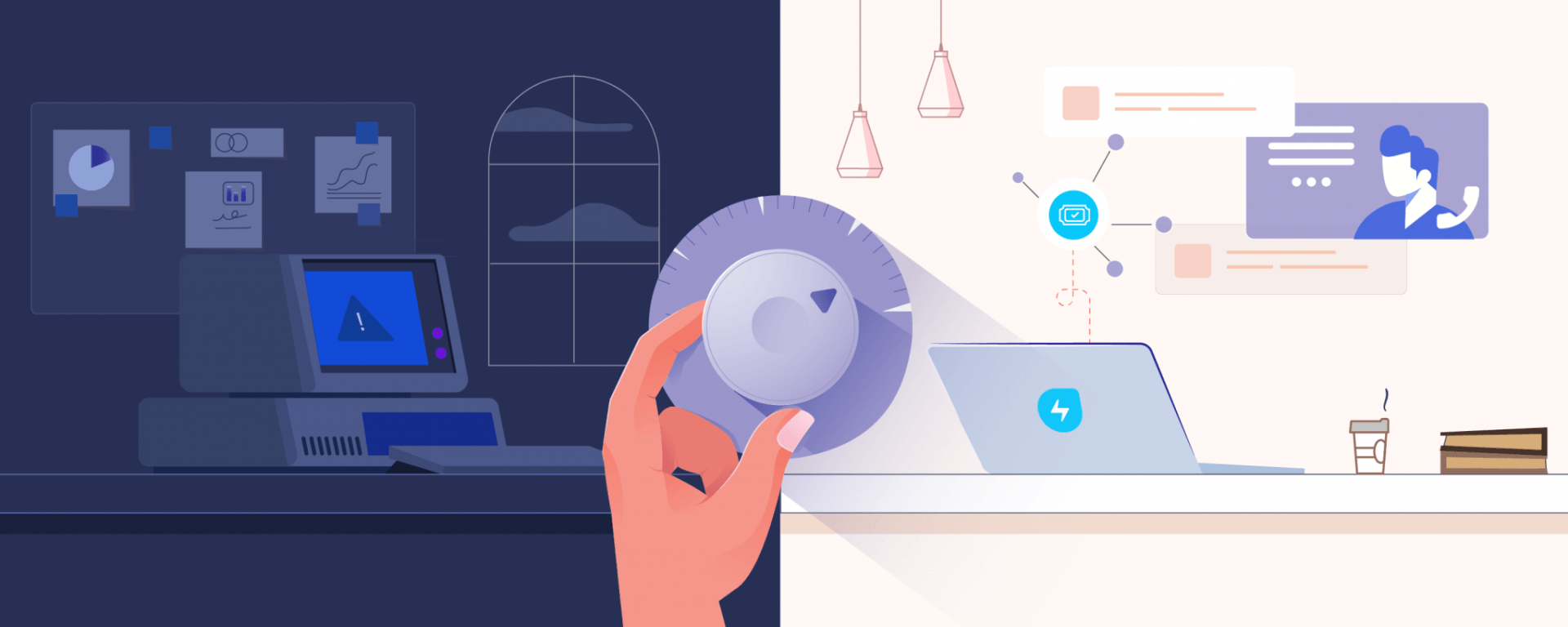Introducing Freshmarketer for Shopify: the only multichannel conversational marketing CRM
Until the start of March 2020, when the global lockdown came into effect, the world as we knew had a clear schism when it came to retail. There was brick and mortar retail that drew in the volumes and then there was online shopping which was reserved for a few select categories such as apparel and electronics.
Two years since, there’s been a flip in trends. Shoppers and retailers, in the thousands, have migrated to online shopping and have ensured that retail e-commerce has shifted from one of necessity to one of ubiquity.
The pandemic-induced curbs on movement have nudged small businesses globally towards a new model for exploring sales and marketing—digital-first.
A key player at the forefront of this shift towards e-commerce is Shopify. Shopify’s e-commerce platform, which powers 1.75 million businesses globally, is a harbinger of this shift and accounted for some 3.6 million jobs at the height of the pandemic.
For both traditional retail businesses and emerging e-commerce businesses, stepping into digital brings challenges in setting up and scaling digital processes that help them engage with and improve conversions from their online stores. Having multiple solutions that are incompatible with each other prevents companies from building a holistic picture. To aid this burgeoning segment with their marketing and sales outreach, we are happy to announce Freshmarketer for Shopify, an integration tailor-made for Shopify businesses.
With this integration, your CRM experience will be optimized to suit e-commerce selling and works straight out of the box.
The Freshmarketer for Shopify integration brings with it the following benefits for you, the retailer:
- Targetted Outreach and Automation
Use Shopify web store events as filters to create customer cohorts and target them based on their visits and purchase behavior. With Shopify playbooks, access and set up business-specific workflows such as “abandoned cart recovery” and “shipping emails” with minimum effort. Build on top of existing templates and configure complex marketing journeys that cover every aspect of your customer interaction.

- Multichannel Engagement
Run multichannel campaigns that increase the efficacy of your outreach. With Freshmarketer, engage with your customers 1:1 and at scale via email, SMS, WhatsApp, and live chat. Be it personalized engagement for undecided buyers or nurture campaigns to target returning customers or transactional messages after checkout, engage with your customers across channels of their choice to deliver the best experiences.
For visitors that land on your online store, engage them with self-service bots and prevent sales from falling through because your customers had to wait. Boost engagement with returning customers by deploying bots that run targeted campaigns.

- Drive meaningful conversations with context
With the details page, every single buyer who makes a purchase from your store now gets assigned a dedicated page that tracks every single website visit and action. This helps you understand buyer intent when engaging 1:1 with the customers.
Furthermore, set up personalized campaigns to target different cohorts such as new customers and returning customers. This helps deliver a better customer experience and improve conversions.

- Actionable insights for your online store
With Freshmarketer, the marketing dashboard works straight out of the box and tracks key metrics from Shopify such as Selling Volume, Avg Order Value, Top Items sold, Campaign performance, and more.

Your pitch needs an audience. Your product needs a store. With Freshmarketer for Shopify, you’ve got both covered. So go ahead, set up the integration, and enjoy the benefits of having a marketing solution designed to aid millions of Shopify storefronts and yours.








